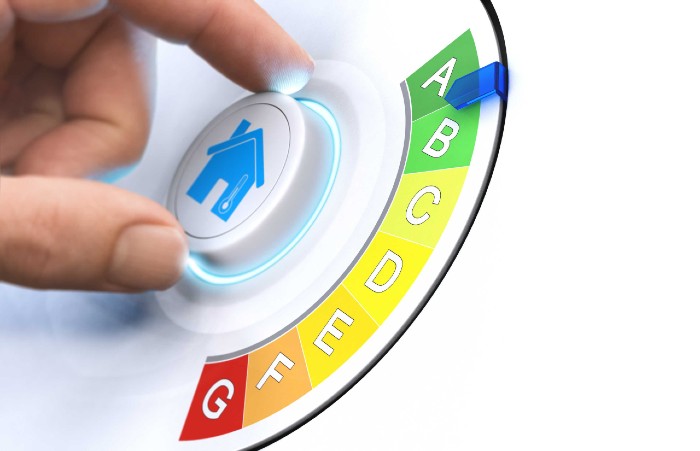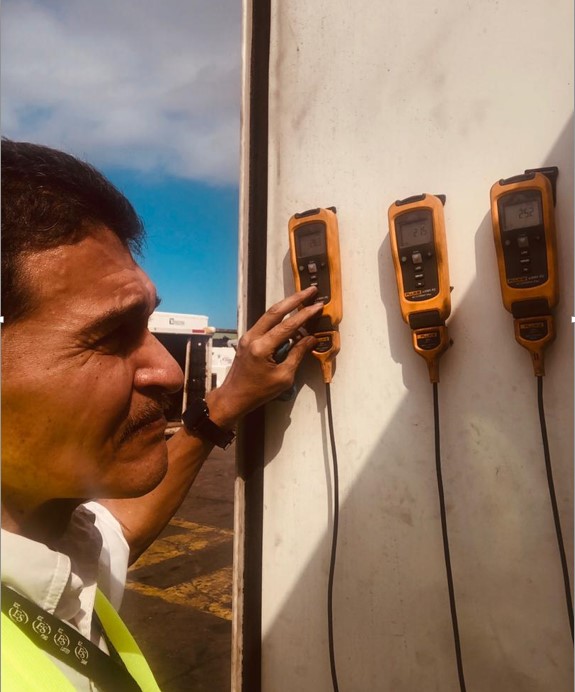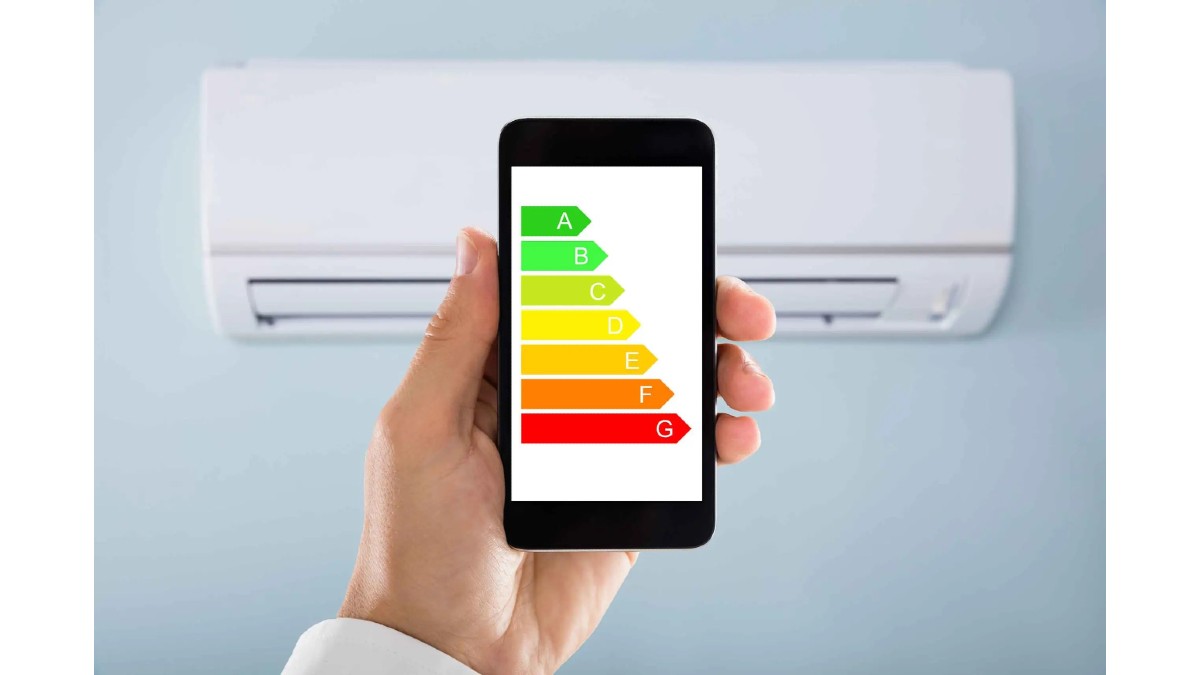I thoroughly study the concept of energy efficiency in a cooling system and its importance with climate change.
By Jimy Danelli*
At present the cost of energy has a great relevance, not only for the economy of the companies but for its environmental impact, being the refrigeration and air conditioning systems machines that demand a large amount of energy to reduce the temperature, both of a cold room and also in the environments to be conditioned of offices, schools, homes and businesses. So much so that manufacturers, by obligation, must indicate in their characteristics EER (Energy Efficiency Ratio).
Energy efficiency is defined as PAE=x/l where l is the length of the evaporator, and x is the distance where evaporation is occurring, measured from the inlet and to the point where evaporation ceases.
The compressor and its efficiency can be checked with a rule of thumb in which a ratio of compressor power (kW) to delivery volume (m³/min) at rated pressure is used to determine whether the compressor needs to be replaced.
ROE and the COP
As already mentioned, there are nomenclatures that are obtained in the description of the systems; the terms COP (coefficient of performance) and EER (energy efficiency ratio) describe the heating and cooling efficiency of HVAC equipment.
In air conditioning systems, chillers are the machines that are responsible for generating cold for the enclosure. It is important to know the bases of its operation to be able to apply and understand how cold is generated and what elements intervene in evaporation.

Carnot's theorem states that the performance of a thermal machine is always less than or equal to that of a reversible thermal machine operating between the same temperatures. Assuming an ideal gas, the performance of a thermal machine is:
yield = 1 – Tf/Tc
Tf = cold source temperature
Tc = hot focus temperature
The ideal Carnot cycle is reversible and with it the Carnot refrigerator is obtained, which is the one used in the cold production units.
A refrigeration or air conditioning system will have a heat absorption capacity, this according to the calculated capacity and within certain parameters.
The main parameter that is taken as a reference is the evaporation temperature, with it we can have an idea of the working temperatures of the system, especially in refrigeration systems where it is not only an obligatory reference, but it is already more than a norm when it comes to knowing how the equipment works.
It is considered that in a medium or low temperature system the difference between the evaporation temperature and the chamber temperature ranges between 5K and 8K, hence the pressures of some systems are vacuum pressures, such as some refrigerators (refrigerators) of R134a, where at an evaporation temperature of -30 ° C the pressures are vacuum (-2.46 psi).
So when we have a system evaporating at -25 ° C we can say that the chamber temperature is at least -20 ° C and if we are working with R404A the pressure would be 21.20 Psi.
All these are parameters that could be even diagnostic, in the subject of air conditioning (air conditioning) is different, because evaporation is from 4 ° C to 7 ° C because the thermal loads to be lowered are high, hence lower evaporation levels are not required.
Evaporation is obviously the consequence of the heat absorption of the system, hence the importance of temperature because it is a direct reference of the operation.
For us refrigeration and air conditioning technicians it is important that the client has a system working under the parameters of energy consumption within the design values, it is possible that the equipment is working very well, however in terms of its energy efficiency it is outside the design values.
For this reason it is very important to execute a rigorous maintenance that allows the greatest possible heat absorption in the evaporator in the shortest time and a heat dissipation in the condenser that allows the efficient use of energy, otherwise, the electricity bill may be reflected with increases due to lack of maintenance, In addition to degrading the operation of the compressor, since it will continue to operate until reaching the desired temperatures and under condensing pressures well above those of the design.
Maintenance plans
That is why both refrigeration systems and air conditioning systems are designed maintenance plans that allow maintaining the values of energy consumption in the design parameters which will maintain the desired operating costs, in addition to minimizing the environmental impact or what we now call the carbon footprint, By having the equipment working with a minimum consumption, this being more friendly and sustainable for the environment.
All refrigeration professionals have a great responsibility to inform customers and end users of the different systems, the operating conditions of the equipment and that not being in constant maintenance generates higher economic costs and a considerable environmental impact.
When a system consumes more energy, in the Thermoelectric Generating Plants more fuel must be burned, this in turn will generate greater CO2 emissions and contribute to climate change, which is a consequence of global warming that is being generated by CO2 emissions, which causes the greenhouse effect.
Indeed, global warming causes the earth to increase its temperature level very rapidly due to the increase in production and demand for energy that is based on fossil fuels.
Consequently, climate change could put at risk the survival of animals and plants on our planet, it may even affect the survival of man.
Then, the increase in temperature causes the ice masses to melt, which increases the sea level, then this can produce floods that threaten the coasts and some coastlines could be at risk of disappearing.
Another consequence of climate change is that meteorological phenomena such as hurricanes, severe droughts, fires that destroy plants and animals occur. These are man's subsistence resources, which if run out or scarce could cause serious danger to human subsistence.
* Jimy Danelli is a maintenance consultant in air conditioning and refrigeration. You can write to the email: [email protected]















